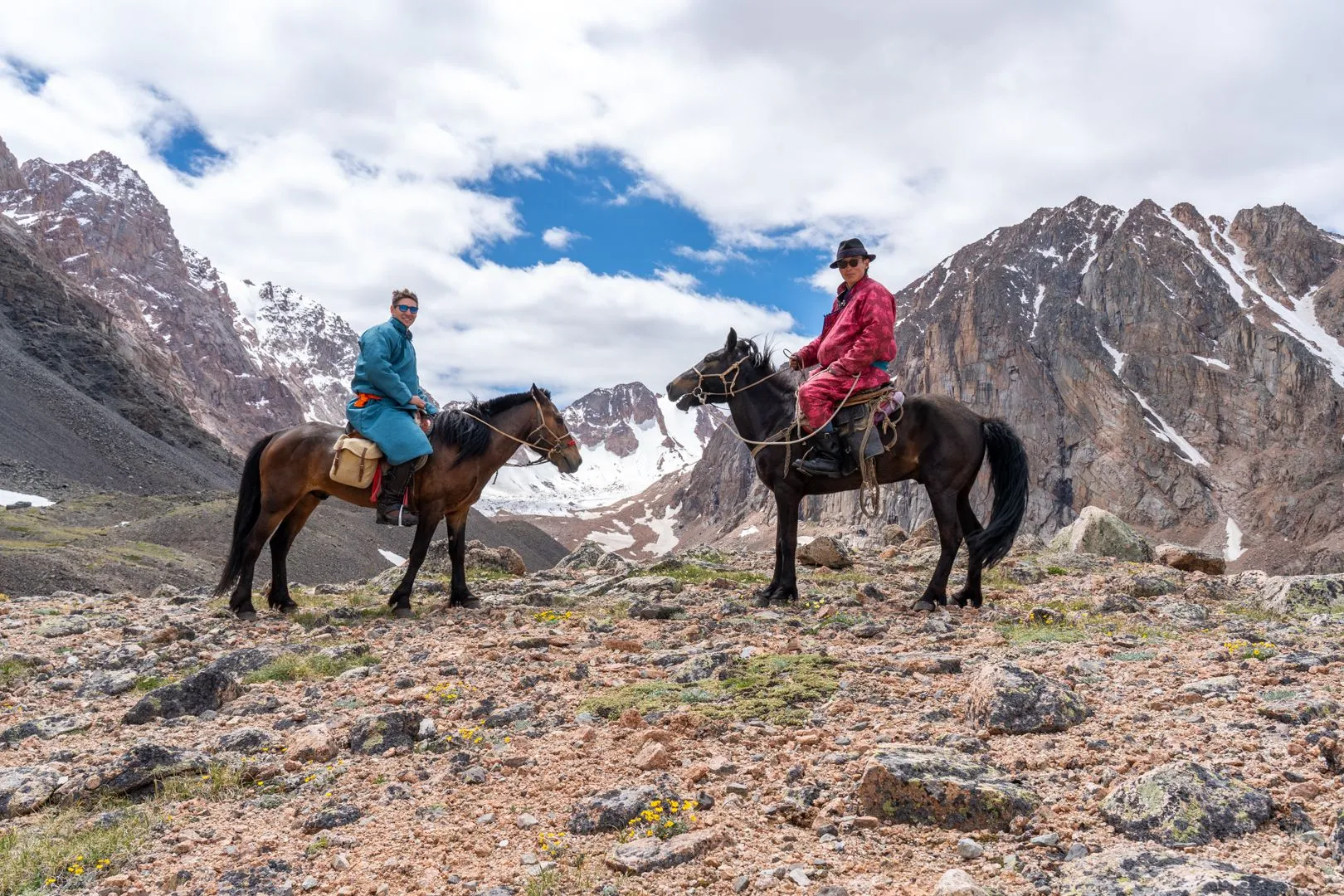In the 13th century, Mongolian horses were more than just animals—they were the backbone of Genghis Khan’s military campaigns, often referred to as the “tanks” of their time. These exceptional creatures were central to the Mongols’ lightning-fast invasions and their ability to conquer vast regions, all thanks to a unique military strategy that relied heavily on their speed, endurance, and numbers.
The Key to Mongol Military Success: Horses and Mobility
One of the secrets behind the Mongol army’s incredible speed and efficiency in battle was the strategic use of horses. Unlike many other armies of the time, which relied on a single horse per soldier, the average Mongol soldier would take 6 to 8 horses with him into battle. This allowed them to swap horses as needed, ensuring their forces could move long distances without exhaustion. The horses could gallop at great speeds, covering vast stretches of land in a fraction of the time it would take any other army.
This strategy was particularly effective in an era where most armies were slower and reliant on fewer resources. The Mongols’ horses could travel tirelessly across the harsh steppes, deserts, and mountain ranges, allowing them to invade distant lands and strike without warning. By changing horses frequently, soldiers stayed fresh and ready for combat, while their enemies, often unprepared for such rapid movement, were overwhelmed.

How Mongol Cavalry Outpaced the Rest
The Mongol cavalry was built for speed and agility. Smaller than European warhorses but incredibly resilient, Mongolian horses could endure extreme weather and long journeys. Their stamina, combined with the soldiers’ ability to quickly switch between mounts, made the Mongol army incredibly mobile. They would often cover vast distances at surprising speeds, sometimes moving up to 60-80 kilometers (37-50 miles) in a day, outpacing any enemy army that wasn’t equipped for such endurance.
The cavalry’s effectiveness wasn’t just in their speed—it was in their tactics. Armed with powerful bows, Mongol soldiers could shoot arrows while riding at full speed, creating a deadly combination of mobility and precision. This hit-and-run strategy kept enemies on the defensive, with Mongols often attacking swiftly, retreating just as quickly, and striking again from a different direction.
The Power of the Horse Herds
The Mongols’ military strength wasn’t just about the horses they rode into battle—it was also about the horses they brought along to sustain their army. For every soldier, there were often dozens of horses kept in reserve to ensure the army could keep moving forward without delay. These horses were essential for replenishing the cavalry’s mounts and keeping up the momentum of the invasion.
Mongol horses were also specially trained to survive harsh climates and for long-distance travel, which gave them an edge over their enemies. They were bred for resilience, endurance, and strength, qualities that made them the perfect war companion.
Cultural Significance of the Mongolian Horse
Mongolian horses weren’t just vital to warfare—they were integral to the Mongol way of life. Horses were at the heart of the nomadic lifestyle, providing transportation, herding cattle, and playing a significant role in cultural practices like the Naadam Festival, where horse racing is a central event. The relationship between the Mongol people and their horses was deep, with the animals seen as a symbol of freedom, strength, and unity.
Conclusion: The “Tanks” of the 13th Century
The Mongolian horse was more than just a tool of war—it was the key to the Mongols’ unparalleled success in creating one of the largest empires in history. By using multiple horses per soldier, the Mongols could invade and retreat faster than any other army, outpacing their enemies and catching them by surprise. In a world where speed was critical to military success, Mongolian horses gave the Mongols the edge they needed to conquer vast territories and build an empire that stretched from the steppes of Mongolia to Europe and the Middle East. These “tanks” of the 13th century were not just warriors’ companions—they were the heart of the Mongol war machine





Comments are closed